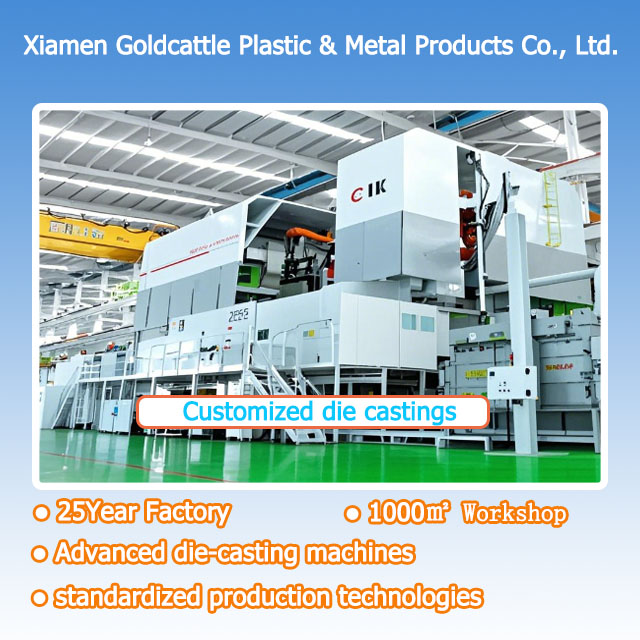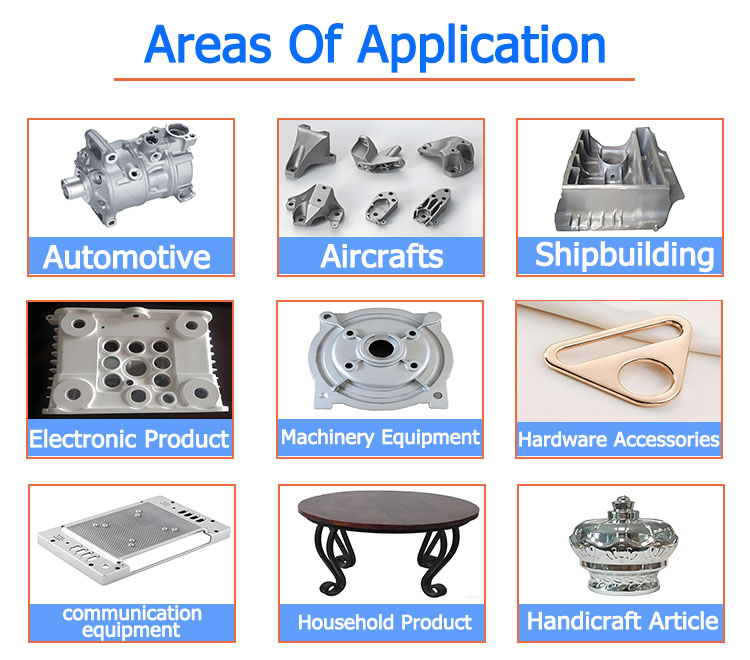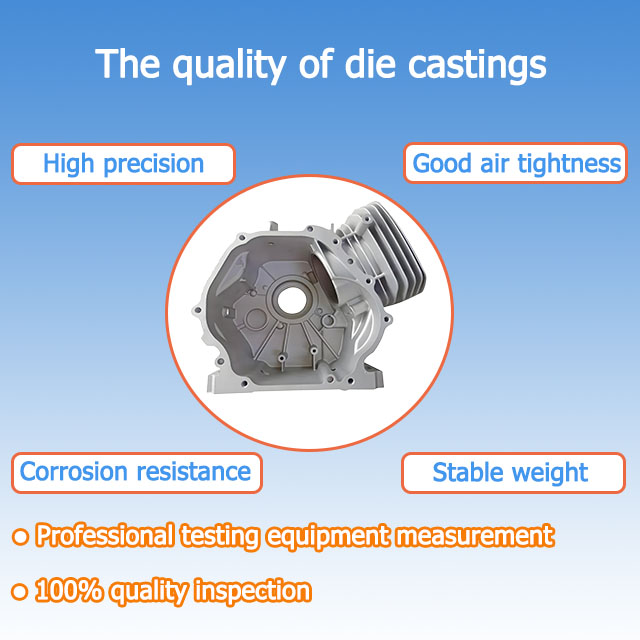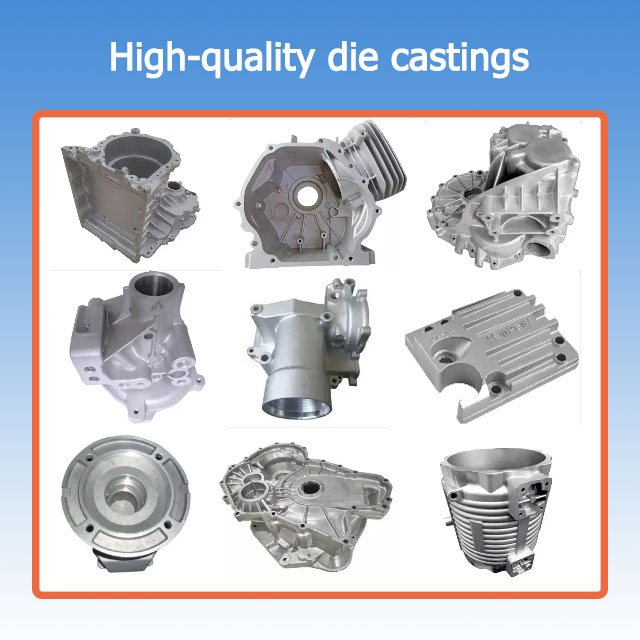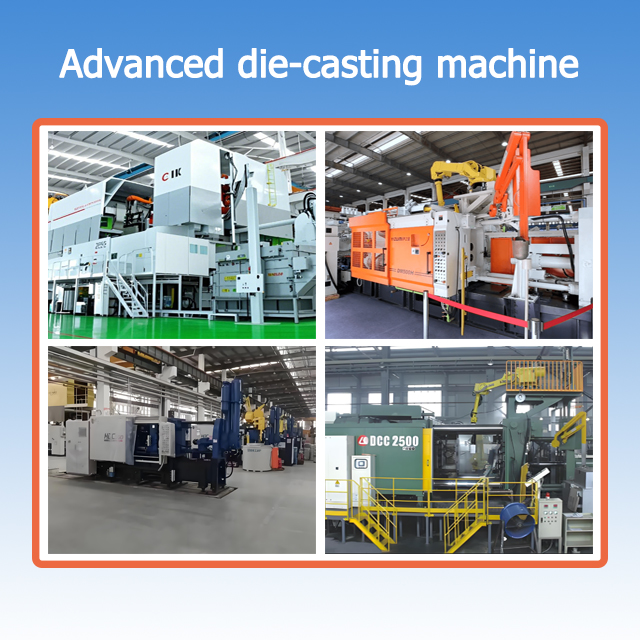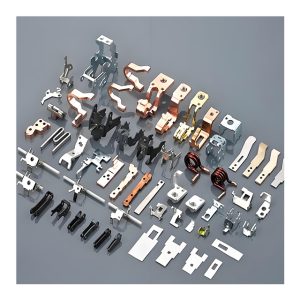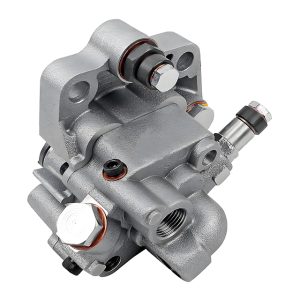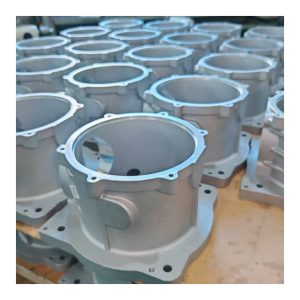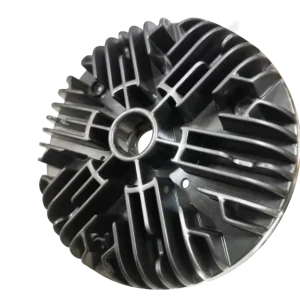Customized aerospace aluminum alloy die – castings
Processing materials: Aviation – grade aluminum alloys are used (such as A380, A356, ZL104, etc.).
Characteristics: High corrosion resistance, adaptable to complex aviation environments such as high humidity and salt spray.
Processes: High – pressure die – casting (with pressure up to over 1000 bar) or vacuum die – casting processes are adopted.
Accuracy: The tolerance grade can reach CT6 – CT8 (GB/T 6414), and the surface roughness is Ra≤3.2μm.
Customization: Full – process customization services from drawing design, mold development to mass production are supported.
Standards: Comply with AMS 2771 (heat treatment of aluminum alloys), ASTM B179 (die – casting standards) and AS9100 aviation quality management system.
Description
1. Processable Materials (Aerospace-Grade Alloys)
|
Material Type
|
Typical Grades
|
Core Properties
|
|
Aluminum Alloy
|
7075-T6, 6061-T6
|
Tensile Strength ≥572MPa, Density 2.8g/cm³, Heat Resistance ≤200℃
|
|
Titanium Alloy
|
Ti-6Al-4V (TC4)
|
Tensile Strength ≥900MPa, Density 4.43g/cm³, Heat Resistance ≤500℃
|
|
Magnesium Alloy
|
AZ91D
|
Tensile Strength ≥240MPa, Density 1.8g/cm³, Optimal for Lightweight Design
|
|
High-Temperature Alloy
|
Inconel 718
|
Tensile Strength ≥1220MPa, Heat Resistance ≤700℃, Excellent Fatigue Resistance
|
2. Dimensional Processing Capabilities
- Size Range: Maximum 1000×800×500mm (L×W×H)
- Minimum Wall Thickness: 0.5mm (complex structures) / 1.0mm (regular parts)
- Dimensional Tolerance: GB/T 6414 CT4 Grade (±0.15mm/100mm)
- Surface Roughness: Ra≤1.6μm (mold surface) / Ra≤0.8μm (polished surface)
- Weight Range: 0.1kg–50kg (per part)
3. Surface Treatment Processes (Aerospace Standards)
|
Process
|
Performance Indicators
|
Application Scenarios
|
|
Anodizing
|
Oxide film thickness 10–25μm, Salt spray test ≥500h
|
Corrosion protection & insulation for aluminum parts
|
|
Electroless Nickel Plating
|
Coating hardness HV 500–600, Thickness 5–15μm
|
Wear resistance enhancement for titanium parts
|
|
Passivation Treatment
|
Blue spot test corrosion-free, Film thickness 2–5μm
|
Oxidation resistance for high-temperature alloys
|
|
Conductive Anodizing
|
Surface resistance ≤0.1Ω, Film thickness 0.3–0.5μm
|
Electromagnetic shielding components
|
4. Core Characteristics (Data-Driven Advantages)
- High Precision: CMM inspection accuracy ±0.005mm, First-piece full inspection rate 100%
- Low Defect Rate: X-ray flaw detection defect rate ≤0.1%, Air tightness test 0.6MPa leak-free
- Long Service Life: Mold life ≥50,000 cycles (titanium parts), Fatigue test cycles ≥10⁶ times
- Lightweight Design: Specific strength (strength/density) 300%+ higher than traditional steel
5. Application Areas (Aerospace Adaptation)
- Engine Systems: Compressor blades, fuel pump housings (high pressure resistance 20MPa, heat resistance 650℃)
- Structural Components: Wing ribs, fuselage frames (weight reduction 15%–30%, compliant with AS9100D)
- Landing Gear Systems: Joint connectors, brackets (tensile strength ≥800MPa, passed aerospace stress tests)
- Avionics Equipment: Enclosures & mounting frames (electromagnetic shielding effectiveness ≥60dB, surface conductivity ≥10⁶S/m)
Contact now for exclusive quotes including material solutions + inspection reports + aerospace certifications!


